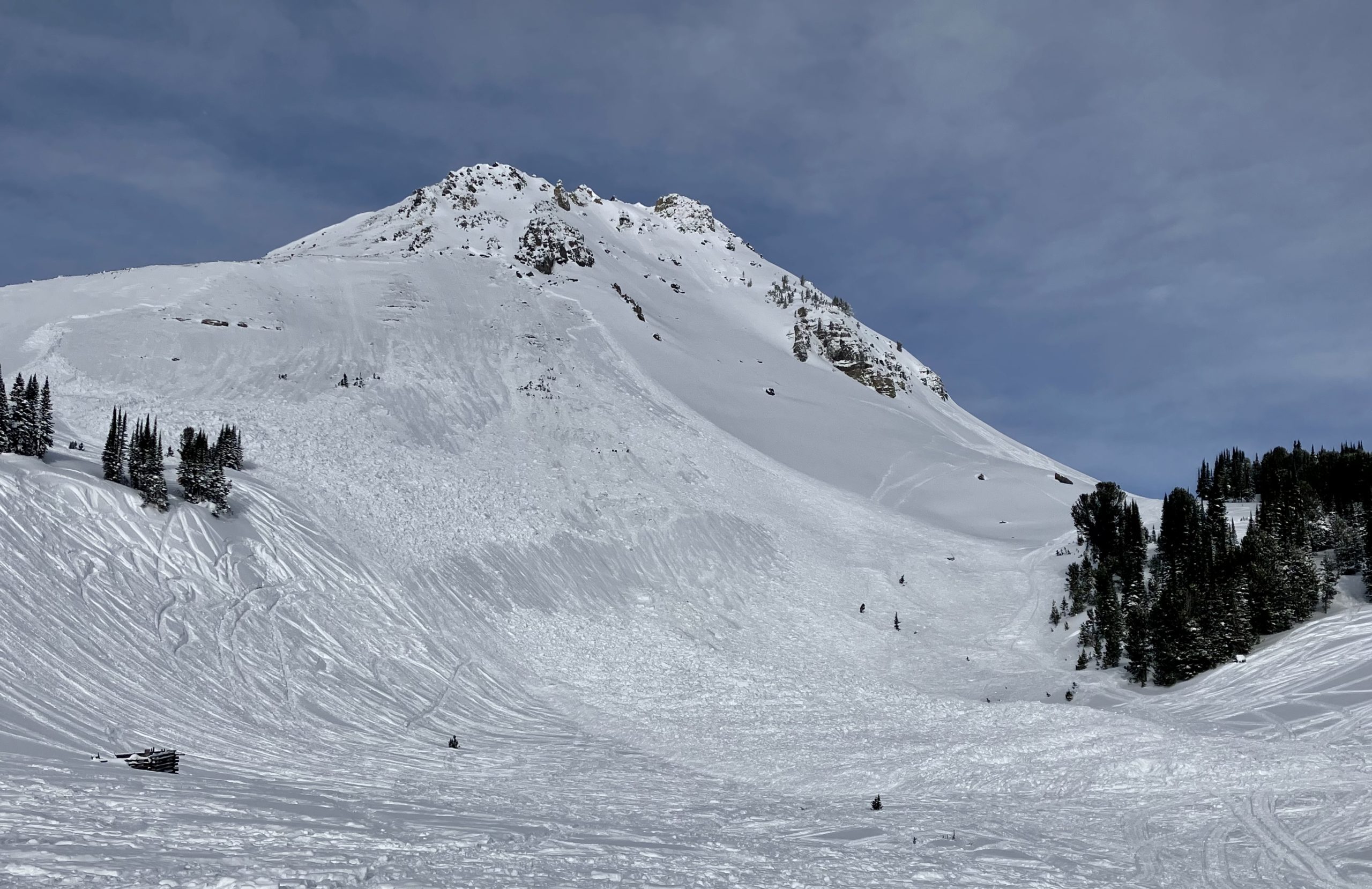By Ian Hoyer EBS CONTRIBUTOR
When heading out for a day of backcountry riding there is a long list of things you need: Jackets, extra layers, gloves, helmet, goggles, backpack, water, food, avalanche rescue gear, and more. Some are essential every day, others you can choose to bring or leave, depending on conditions.
Avalanche rescue gear is not optional. Any day you’re riding in the mountains—regardless of conditions or your goals for the day—you need to carry an avalanche beacon, shovel, and probe. While the first goal of avalanche safety is to not get caught in an avalanche, accidents happen to even the savviest riders and you need to be prepared.
If you’re caught and buried in an avalanche, you have a decent chance of survival if you’re dug out within 10 minutes. After that your odds decrease dramatically. This means you’re relying on your partners to find and dig you out quickly. Carrying avalanche rescue gear and knowing how to use it makes this possible.
Avalanche beacons help locate a person buried under the snow (as long as they have a transmitting beacon) down to just a few square feet. A probe is used to determine the exact location of the buried person and gives a definitive target for digging. A shovel is needed to dig out your partner. Without all three pieces of this rescue gear trifecta, the system doesn’t work and you are unlikely to rescue your partner in time. The beacon needs to be worn on your person and the shovel and probe carried in a backpack or vest.
As important as carrying the gear is knowing how to use it. On-snow avalanche classes are the best way to learn. Check with your local avalanche center to find one near you. There are also online resources that can help get you started. You can find links to many of these at www.mtavalanche.com/education. Consistent practice—at least once a season, ideally several times a season—will give you the confidence and experience to find and dig out your buried partners when it matters.
Avalanche airbags are remarkable tools and are a great supplement to the standard rescue gear, but they are not a substitute for carrying a beacon, shovel, and probe. Studies show airbags cut your chances of dying in an avalanche in half. That is truly amazing and makes them a worthwhile investment if you plan to ride in avalanche terrain. But they are not a silver bullet. It is still possible to get buried while wearing one.
Earlier this winter near Cooke City a rider triggered a large slide while wearing an airbag but didn’t manage to deploy it. He was buried 5 feet deep. Other riders saw the avalanche happen and began searching almost immediately. Unfortunately, the buried rider did not have an avalanche beacon. It took a probe line an hour to locate him and he had already passed away. An avalanche beacon may have made the difference between this event being a scary close call and the tragedy it became.
Make a commitment to never leave the trailhead without an avalanche beacon, shovel, probe and don’t ride with anyone who doesn’t have them. The life you save may be your own.
Ian Hoyer is an avalanche forecaster with the Gallatin National Forest Avalanche Center.

















